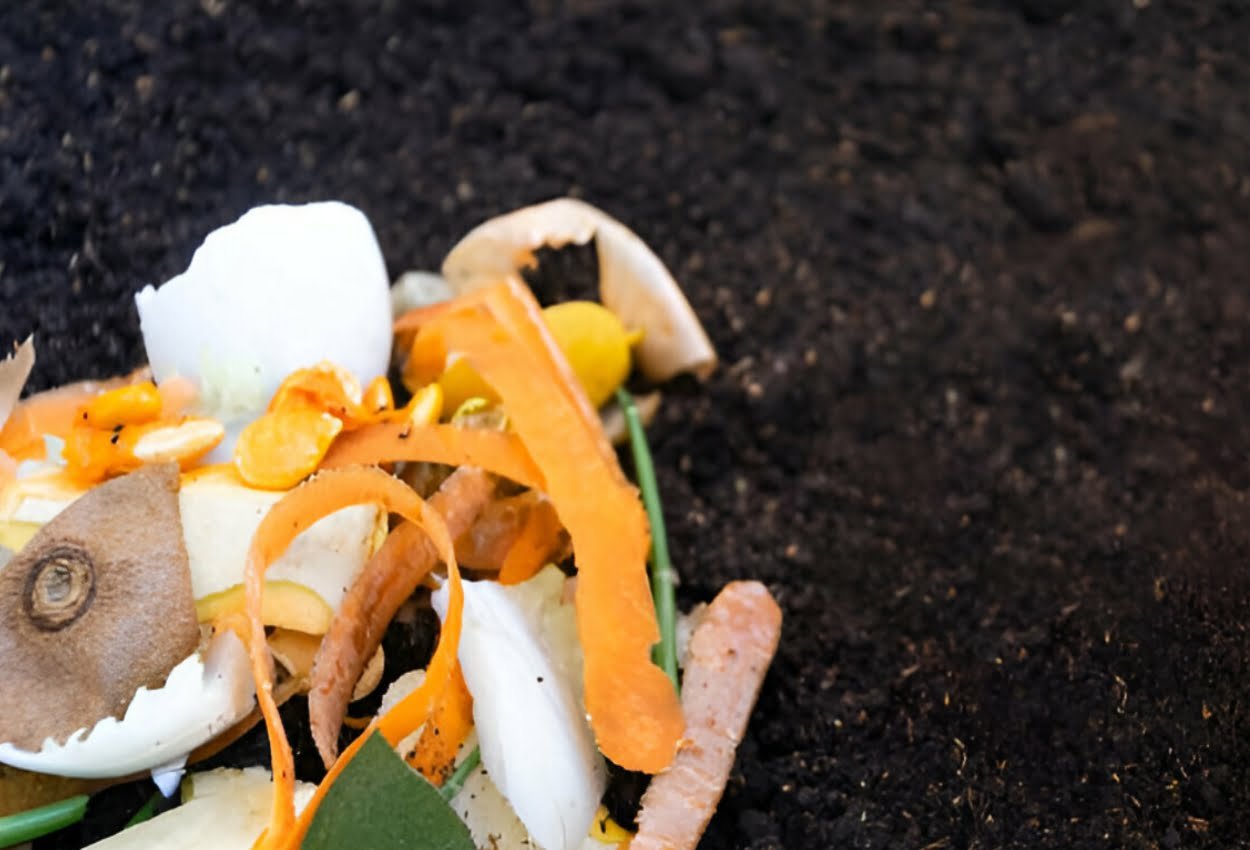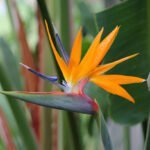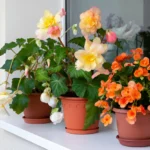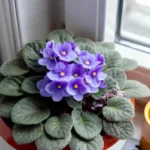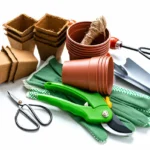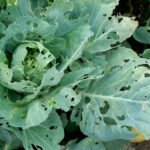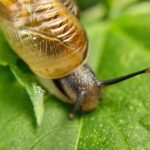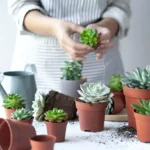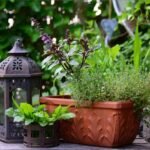Table of Contents
Keeping our plants healthy and fresh requires applying fertilizers at various times. There are two types of fertilizers available: chemical fertilizers and organic fertilizers. If we don’t have the time and budget to purchase chemical fertilizers from outside, we can easily make organic fertilizers at home using our materials or discarded items. By doing so, not only we can make suitable organic fertilizers for our plants but also we can utilize our waste materials. Many gardeners prefer not to use chemical fertilizers in their cultivation, making these organic fertilizers very useful. In this article, we will discuss five such organic and homemade fertilizers.
The five organic & homemade fertilizers are:
- Used tea leaves / tea bag
- Banana peel
- Kitchen waste
- Onion peel
- Egg shell
Used tea leaves
More or less we chat with ourselves or family over tea every day. We talk a lot while drinking tea. After enjoying a cup of tea, instead of throwing away the tea leaves, we can use them to make fertilizer for our kitchen garden . Tea leaves contain important nutrients like nitrogen (4.15%), potassium (0.62%), phosphorus (0.4%), and other micronutrients, which greatly help in plant growth. If you do not throw away the used tea leaves, keep them in a container. To make liquid tea leaf fertilizer, wash them thoroughly with water to remove any milk, sugar or other tea-making ingredients. Wash thoroughly with water and separate the tea leaves after draining the water.
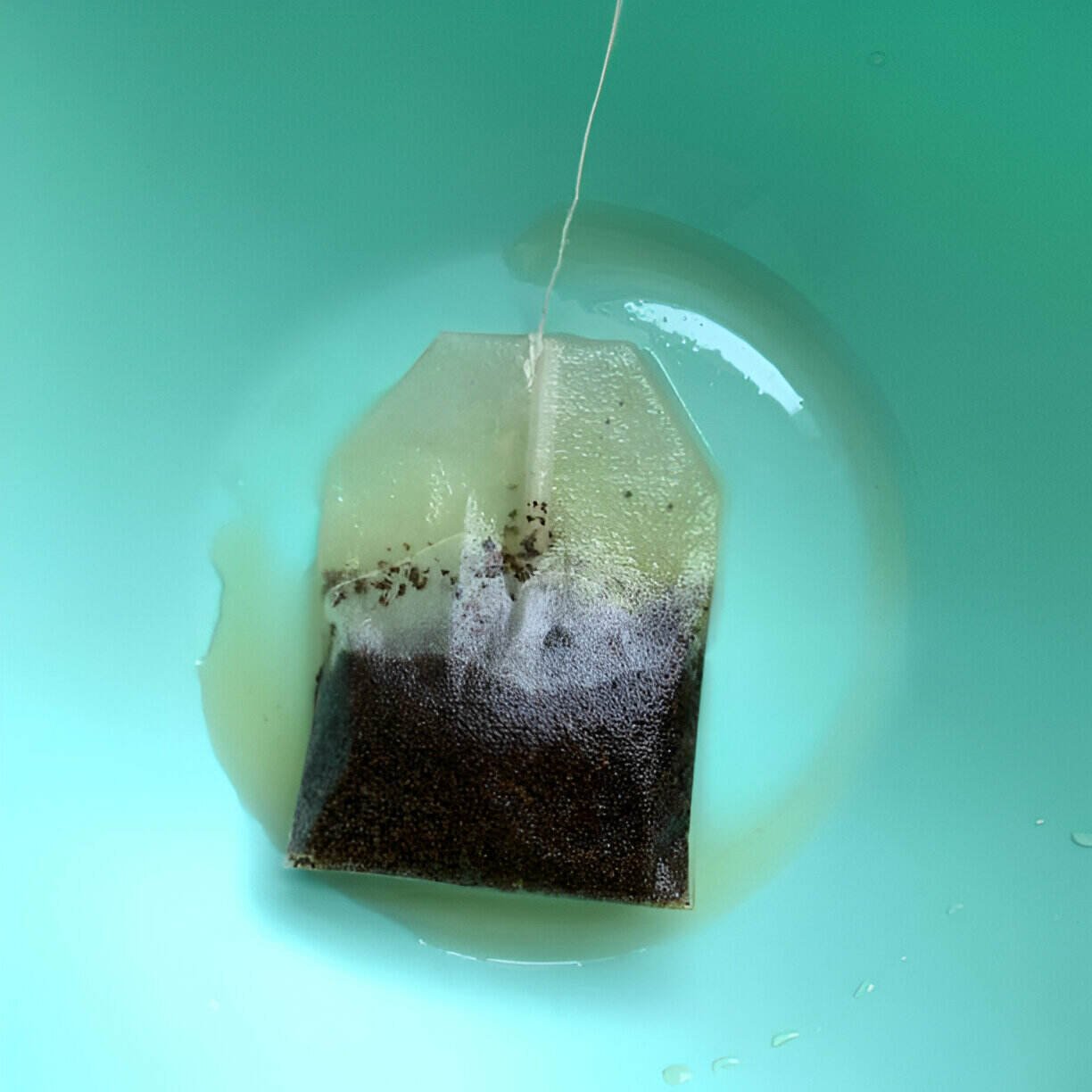
Liquid tea leaf fertilizer
The used tea leaves washed in water should be taken in a pot with a big lid and the tea leaves should be poured and water should be given inside it. Leave it for 24-48 hours and then strain it through a strainer to separate the tea leaves and liquid fertilizer. Liquid fertilizers should not be applied directly to plants. Before applying the liquid fertilizer to plants, it should be diluted with water and then sprayed onto the plants or applied to the soil. This is how you can make homemade liquid tea leaf fertilizer for your plants.
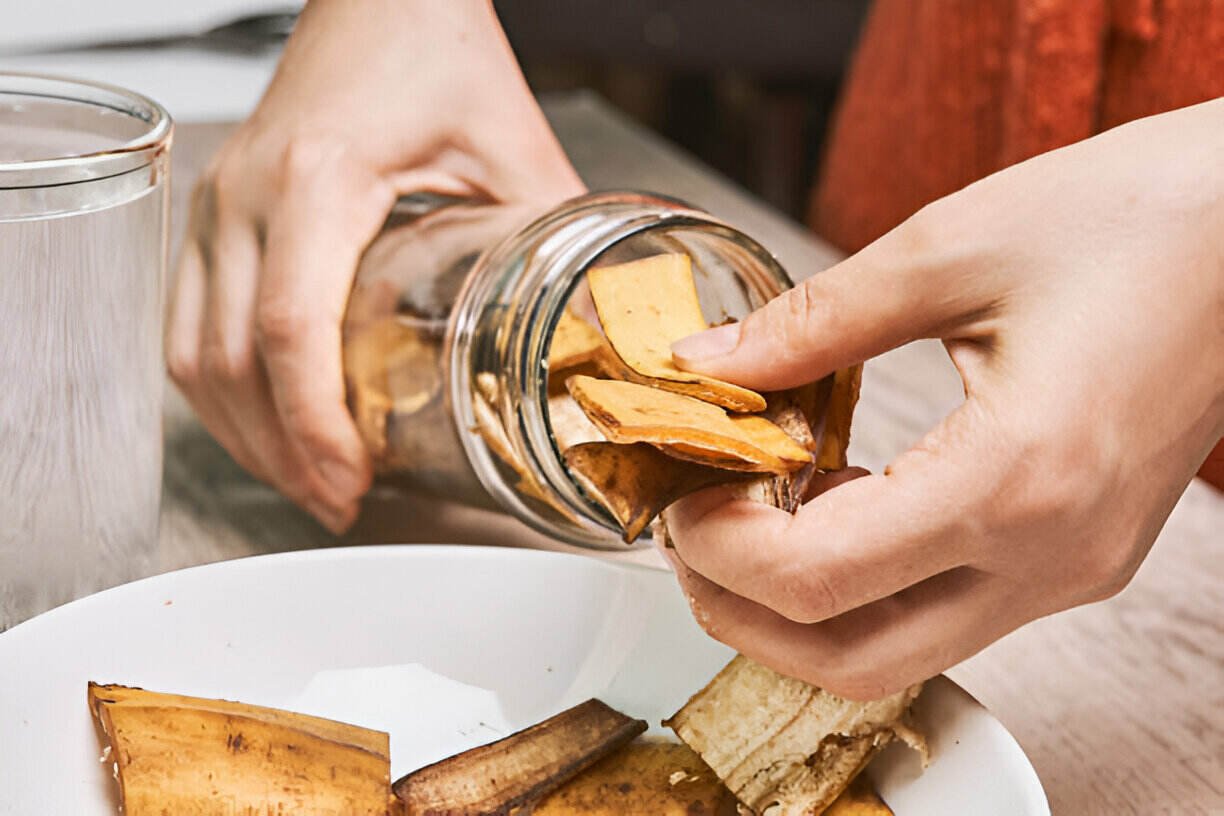
Banana Peel
We all eat bananas for breakfast or any other time of the day, pretty much. After eating bananas, we throw the peels in the garbage bin in our house. But we will not throw away the peels anymore because we can produce organic fertilizer from the banana peels for our plants.
Banana peels contain essential plant nutrients, including potassium, phosphorus, calcium, and magnesium, which greatly help in the growth of new leaves and roots. Banana fertilizer is also called banana water by many people.
How to make banana peel fertilizer?
To make banana peel fertilizer, we need to keep the banana peels in a bag or jar and then cut them into small pieces. The size should be within 1.5-2.5 inches. After that, we should take a pan with a lid and put the banana peel pieces inside it, fill it with water as much as the pan, and then close it tightly with a lid.

How many days or weeks to keep the foot?
Keep the pan in a shaded and dry place for at least 15-20 days or 2 to 3 weeks to make a perfect liquid fertilizer. After 5/6 days, we can open the lid of the pan to drain it, which will help the banana peels to decompose faster.
How to use liquid fertilizer on plants?
After a while, open the pan’s mouth and use a sieve to separate the peels from the liquid fertilizer. We cannot apply the liquid fertilizer directly to the plants because it’s strong and concentrated.
How much and when to apply?
Once the liquid fertilizer is ready, mix it with in a ratio of 1:3 (1=liquid fertilizer, 3=water). Apply the mixed fertilizer directly to the soil of your plants. It’s best to apply organic fertilizers to plants in the morning, allowing the plant to process the fertilizer in the soil throughout the day.
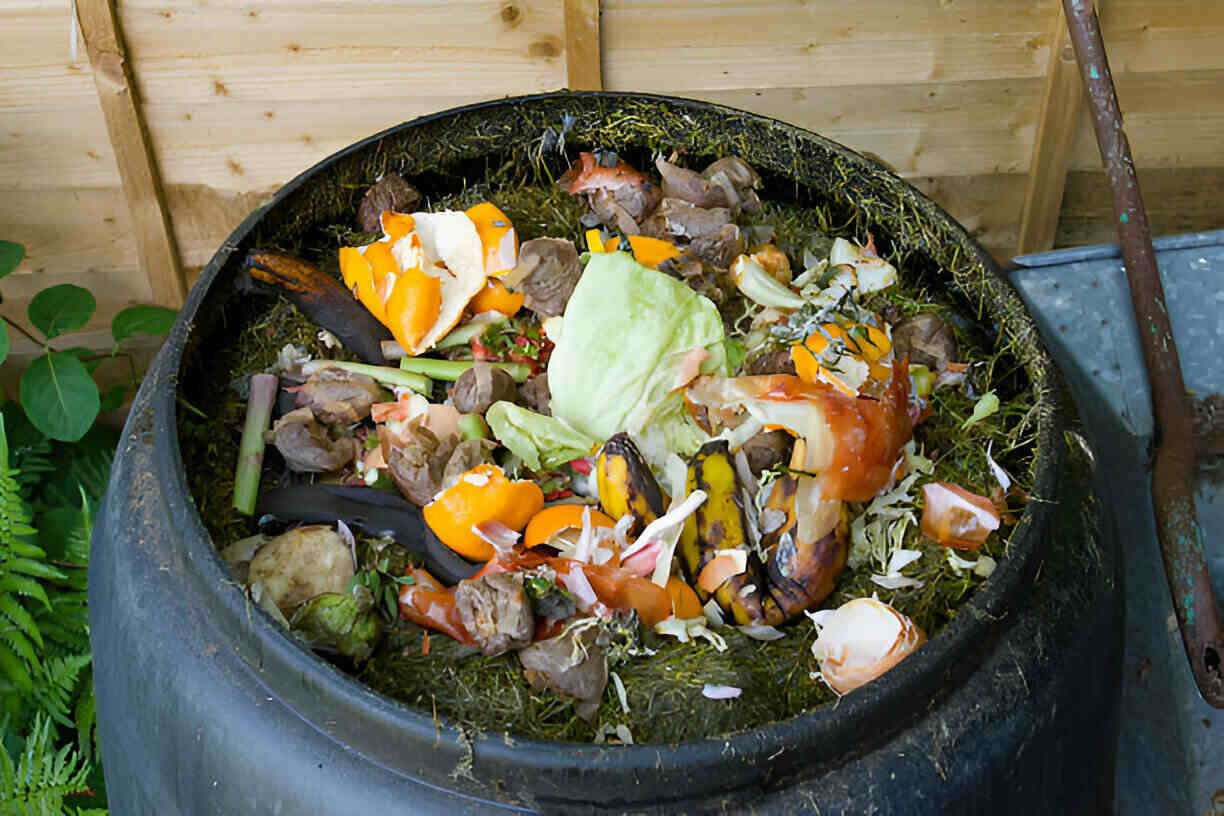
Kitchen waste
More or less every day we produce kitchen waste, and we throw it in the dustbin. But you can easily make compost for your vegetables or favorite plants with these kitchen wastes. Let’s talk about kitchen waste fertilizers.
What is kitchen waste?
Vegetables, fruits, and root peels that come out of the kitchen are covered under kitchen waste.
How to make kitchen waste fertilizer?
First, you take a 20-liter jar. You will get the best results if you take a plastic jar and make several holes in the bottom of the jar so that the liquid water that is released in the kitchen waste can come out quickly. Make sure that liquid water is not wasted later and make arrangements to store it. The jar must have a lid.
Now your job is to fill the jar with kitchen waste. Put the kitchen waste in the jar, then put a layer of normal soil, and then again put the kitchen waste. In this way, you can give a multilayer of kitchen waste and soil. When the jar is filled, close the lid with one liter of water. Closing the lid will help the bacteria slowly decompose. After 5-7 days you remove the lid and give the kitchen waste a good shake with a large spoon to help it decompose faster. Once composting begins, the amount will decrease and you can refill the jar as before. If you start composting, you will see liquid water coming out within 18-25 days. This can also be used as a liquid fertilizer on plants by mixing it with enough water. When the jar is almost empty, fill it with kitchen waste and a layer of soil.
How many days will it take to compost?
When you see that no more liquid fertilizer is coming out of the jar and there are no insects inside, consider that your Kitchen Waste fertilizer is 95% complete. Insects live as long as they get food in this thicket. When it is completely composted, the insects are gone. Your compost will take about 100-120 days. It takes such a long time to decompose naturally, I would suggest taking out the jar once it is fully composted and not before. Take out the jar and dry it in the sun for 2/3 days, filter it, and use only the paddy on the plant. This is how you get kitchen waste compost at home.
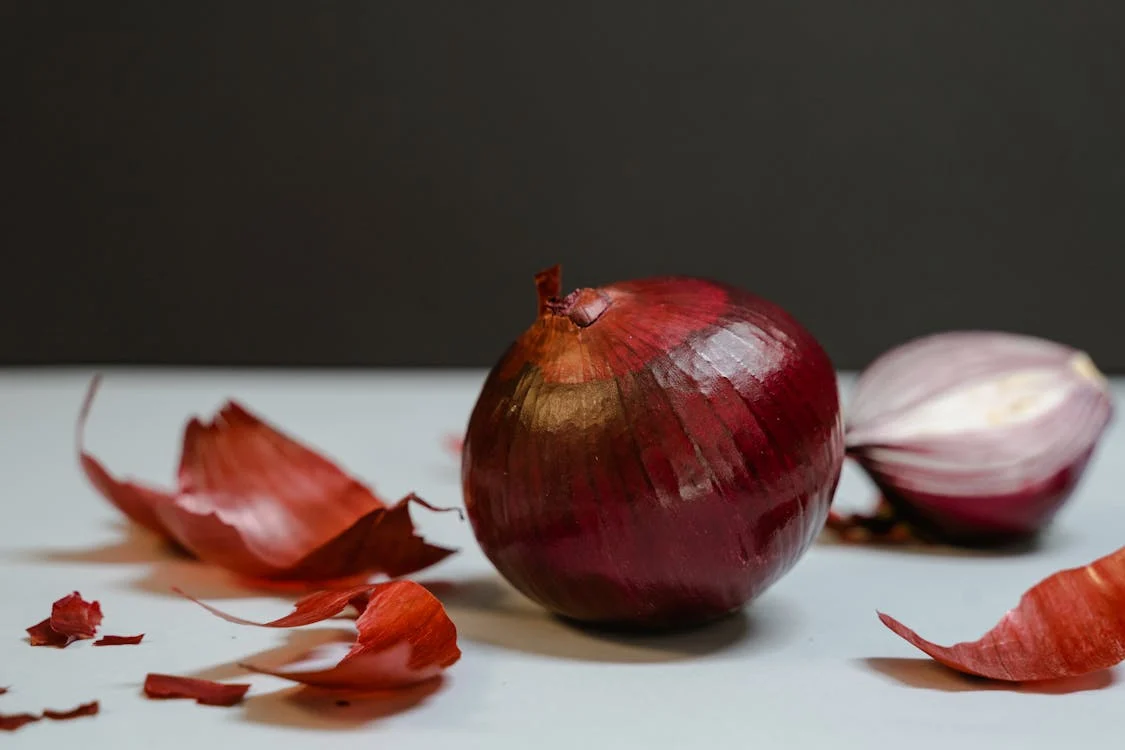
Onion Peel Liquid Fertilizer
Every one of us buys onions for home and onions are used in various dishes in our house. We can make fertilizer with the peels that come out of this onion. Onion peels contain micronutrients with essential nutrients for plants. All kinds of plants can be fertilized using liquid onion peel. You can make liquid fertilizer with dry onion peels according to the following method.
1. Collect onion peels
We will take the outermost peels of the onion, not the inner ones because if the inner peels are used, there is a tendency of fungicides in the soil. We will only collect dry pods.
2. Method of preparation of liquid fertilizer
We can use a jar of glass, plastic, or steel and there is no obligation. Put the dry shells in the jar and give water in such a way that the dry shells are submerged. Close the mouth of the jar.
3. After how many days to use?
After a day of keeping the onion skins in the jar, you can apply the liquid fertilizer to the newly planted plants in your garden. After 3-4 days, the color of the liquid that comes out will be dark brown. You can use this liquid on all the Pothos-type houseplants in your indoor garden. Of course, add water three times the amount of liquid fertilizer that comes out. Now ready to put this fertilizer directly into the soil of your plants. The liquid fertilizer that you will get from the jar after 7 days, you can give the liquid fertilizer to all the vegetables and flowers in your garden. Take out the liquid fertilizer from the jar by straining it through a strainer. Then add water three times according to the previous rule and use it directly on the soil of your plants. Apply onion peel fertilizer to your garden plants twice a month.
The last fertilizer I will talk about is eggshell.
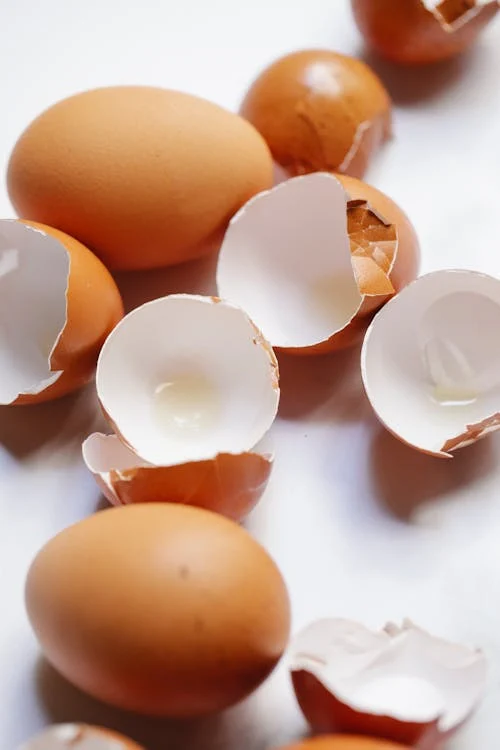
Eggshell fertilizer
Eggs are a nutritious food and we consume more or less of them every day. Eggshells can be used as indoor and outdoor vegetable fertilizer. Eggshells are rich in calcium (39.15%) which fills the plant’s calcium deficit and also contain other micronutrients including magnesium (0.38%) and nitrogen (0.4%).
How we will use this fertilizer?
Manure making method
We will first wash the egg shells and dry them in the sunlight or the microwave. Then grind the dried eggshells with a grinder. We can use these eggshell powders directly on plants as fertilizer.
How can I give it to another plant?
Two teaspoons of Eggshell powder will be mixed with the soil of a medium-sized plant. If the tub is 10-16 inches (for large plants), we will mix 5/6 teaspoons of this with the soil. We can directly add these powder fertilizers to the soil that we prepare for planting vegetables. We can easily prepare the above five fertilizers at home. All fertilizers are organic and ideal for plants.
You can apply fertilizers to all plants including your houseplants.
